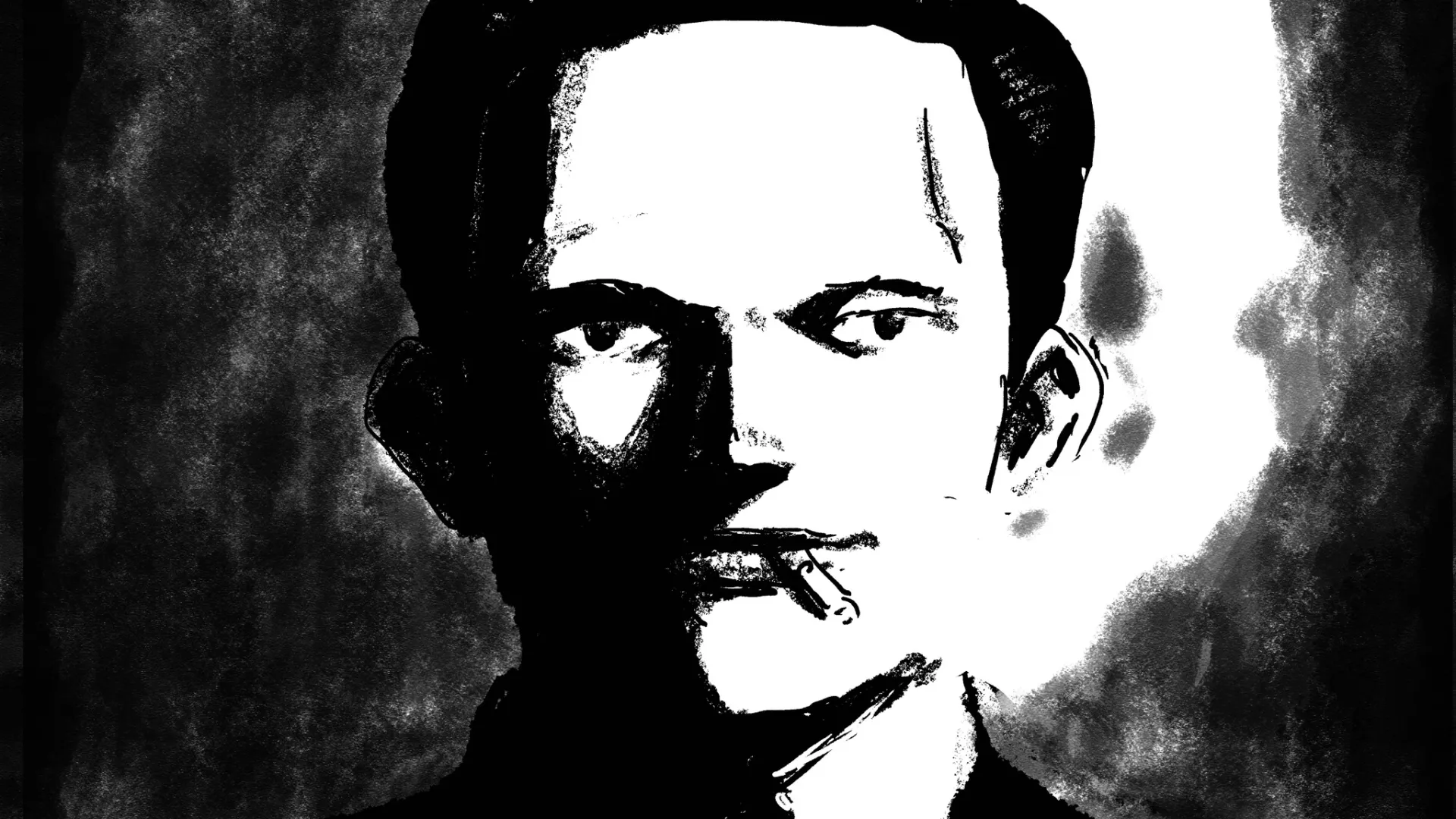Name:
Graphic Novel: 2475 – Ghostwriter of Siam
Year Completed:
2020
Current Condition:
Existing
Coordinates:
Our memory of the past derives from a multitude of sources. Academic books, school books, memories that family members or friends share with us, paintings, documentaries screened on television, monuments we encounter in our local environment or when travelling abroad or at festivals celebrating specific events in a nation’s past. Another source of historical memory is the graphic novel, which, alongside movies and novels, is an important media for framing our memory of the past. Since Art Spiegelman’s Holocaust narrative Maus received the Pulitzer Prize in 1992, graphic novels have gained an unprecedented popularity and acceptance as a serious medium for reflections on the choices and decisions of historical agents in the past and the complexities of history.
In early 2024, the graphic novel entitled "2475 – Ghostwriter of Siam" was published in Thailand. The graphic novel is created by Podcharakrit To-Im and Sa-ard. In the novel we follow Nipa, a young woman working as a proofreader at a newspaper in Bangkok in the years leading up to the revolution in 1932 (or 2475 Buddhist Era). As a ghostwriter, Nipa is also the prolific author of articles critical of social conditions and the absolute monarchy in Siam. Her deepfelt yearning for political change in Siam brings her in contact with Khana Ratsadon when its members is planning the coup that toppled the absolute monarchy and formulated their visions for a post-absolutist Siam. Still, the main focus is on Nipa – the tough choices she is faced with, the deceit she encounters, and the unfolding of her commitment to call for social justice and radical political change in a hostile and violent political environment.
In the official historical narrative on the rise of constitutional rule in Siam, the role of the revolution in 1932 and Khana Ratsadon has been marginalized. The official narrative articulates the central role of King Prajadhipok in preparing Siam for constitutional rule and granting the country its first constitution. The graphic novel challenges this narrative. While Nipa is a fictional character, her ordeals unfold in a historical context which the creators of the graphic novel have established with reference to an impressive corpus of revisionist studies and contemporary sources. In doing so, they adhere to and popularize a radical different version of Thailand’s history according to which constitutional rule grew out of a growing dissatisfaction with the absolute monarchy and the ruling class. It is a tale of struggle and of the important role played by the press. It is not a tale of monarchical support for constitutional rule. At the end of the graphic novel, in a dreamlike setting Nipa is reflecting on the outcome of the revolution in 1932. While the revolution in many ways ushered in a new era then political freedom then she also laments how political freedom is still a goal to be achieved. The 1932-revolution is an unfinished revolution. Hereby, the graphic novel establishes a sense of intergenerational continuity in which the struggle for political reform in Thailand in the 2020s is part of a long-drawn-out struggle for political reform dating back to revolution in 1932.






